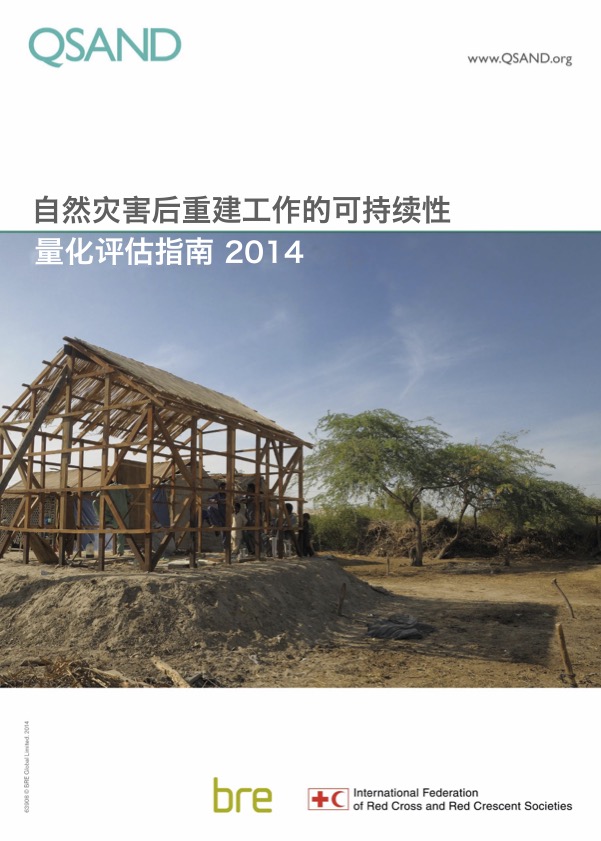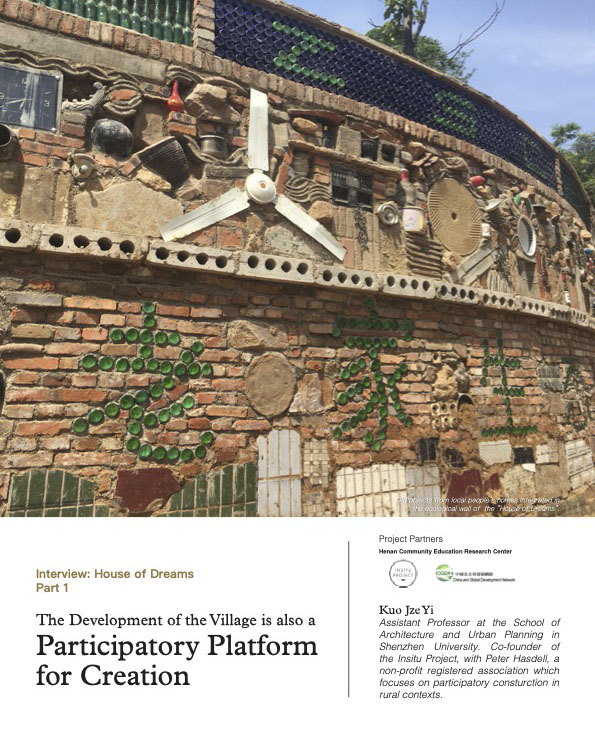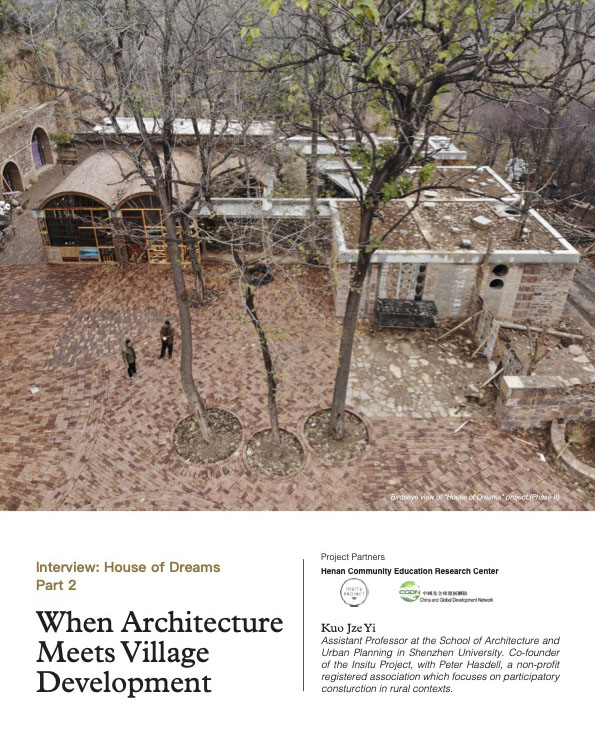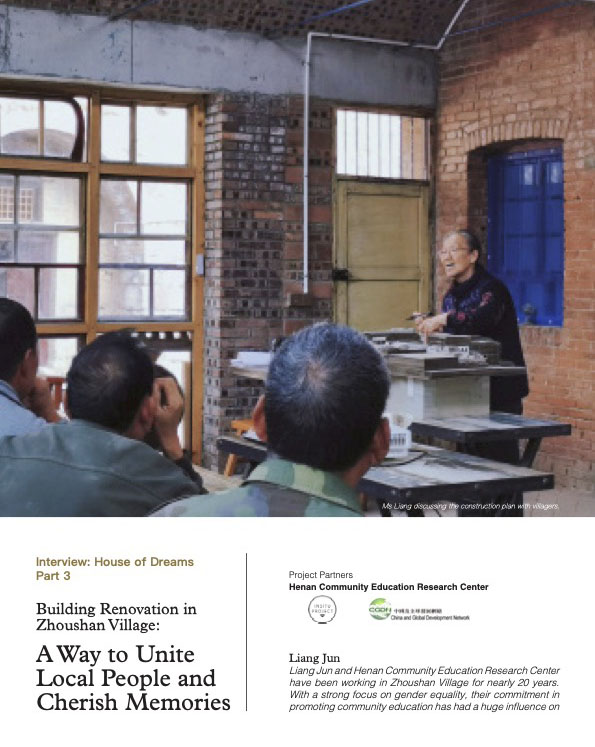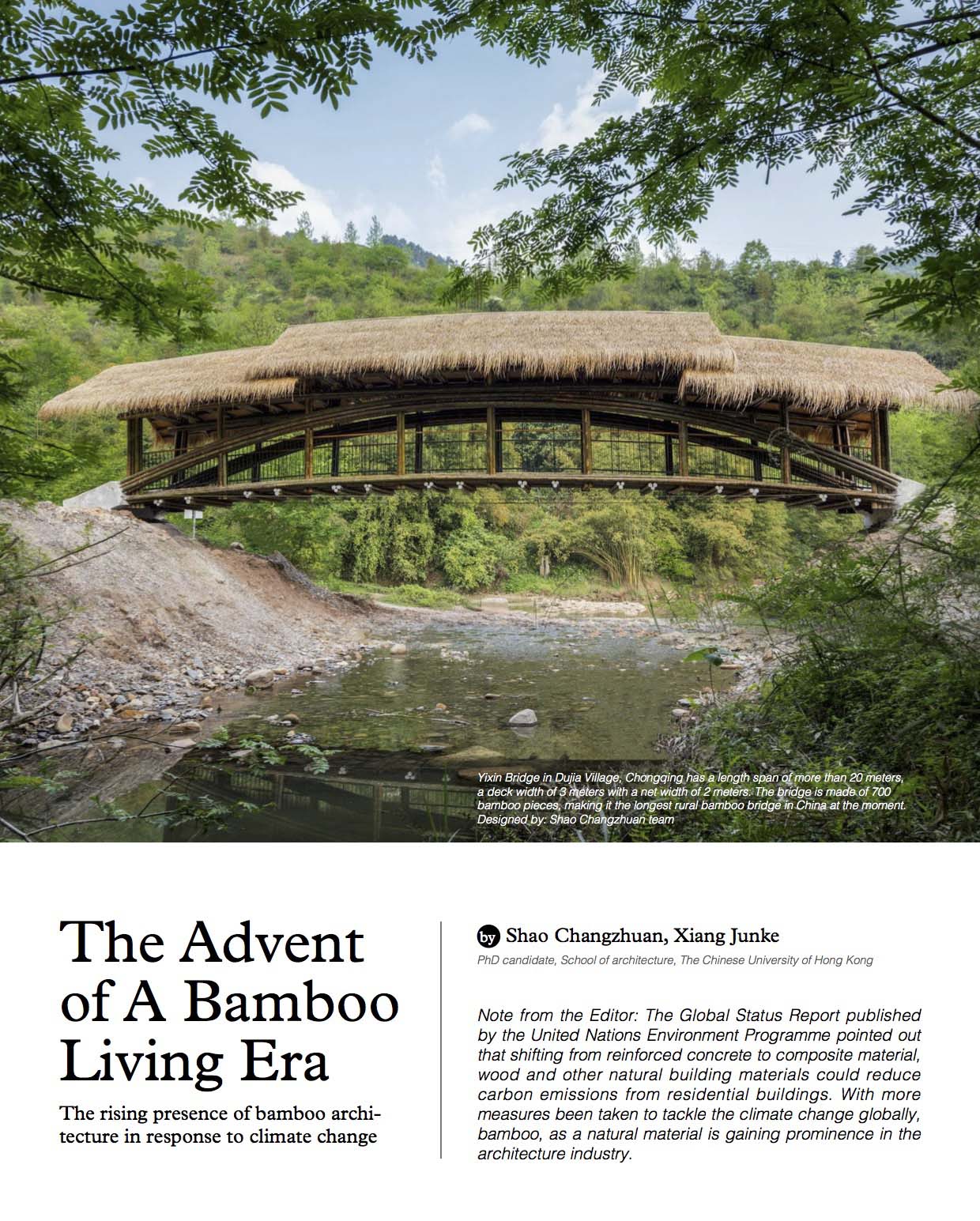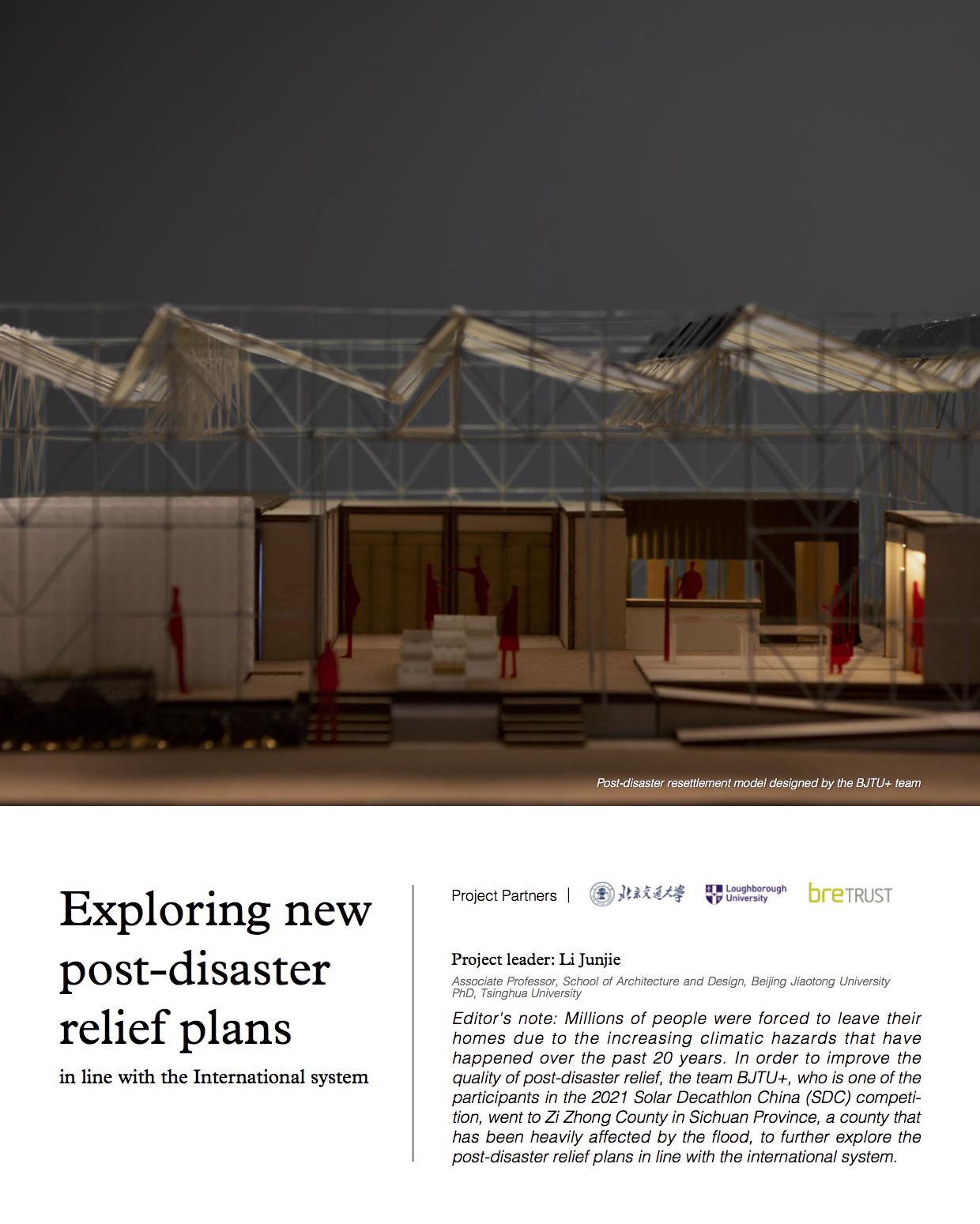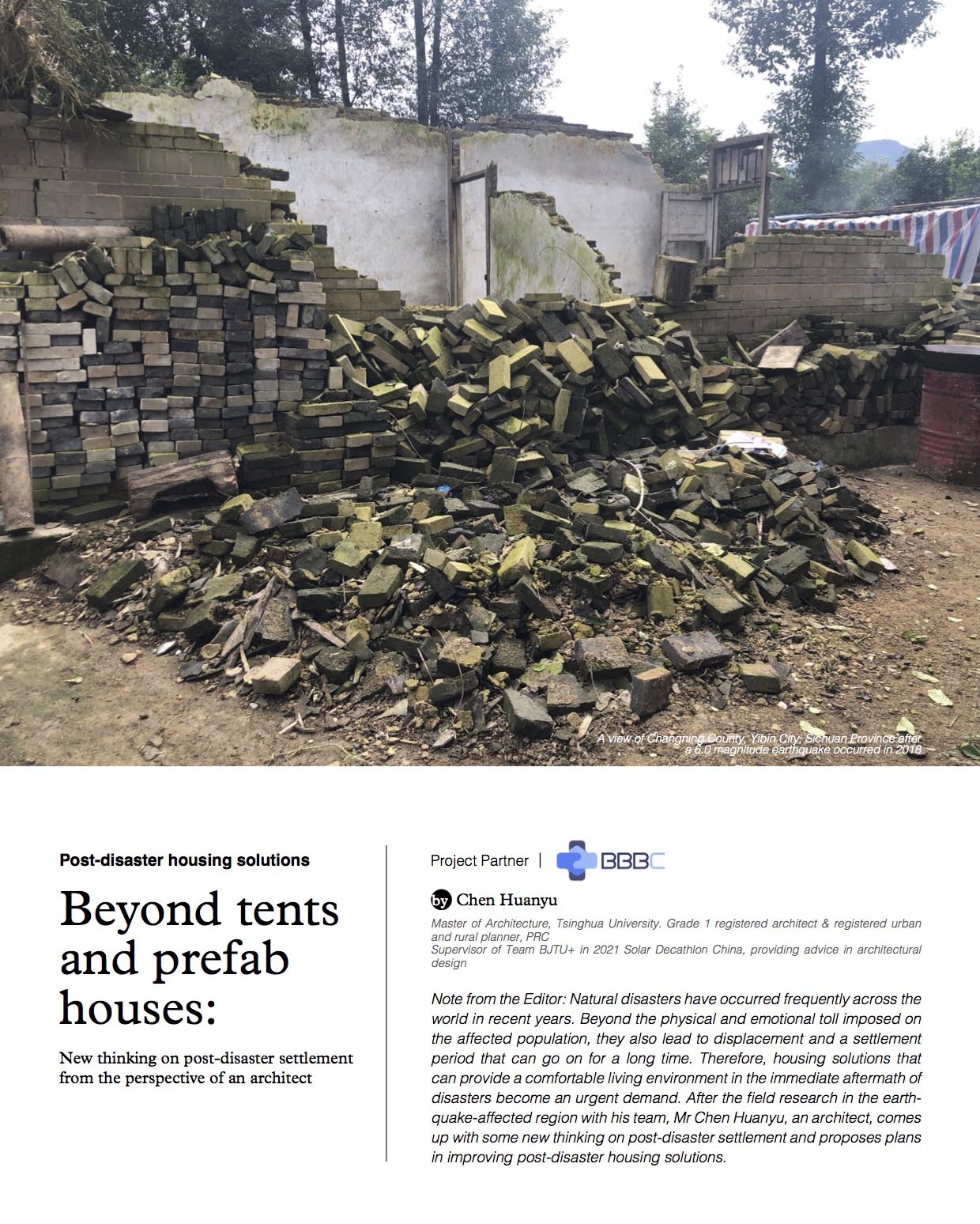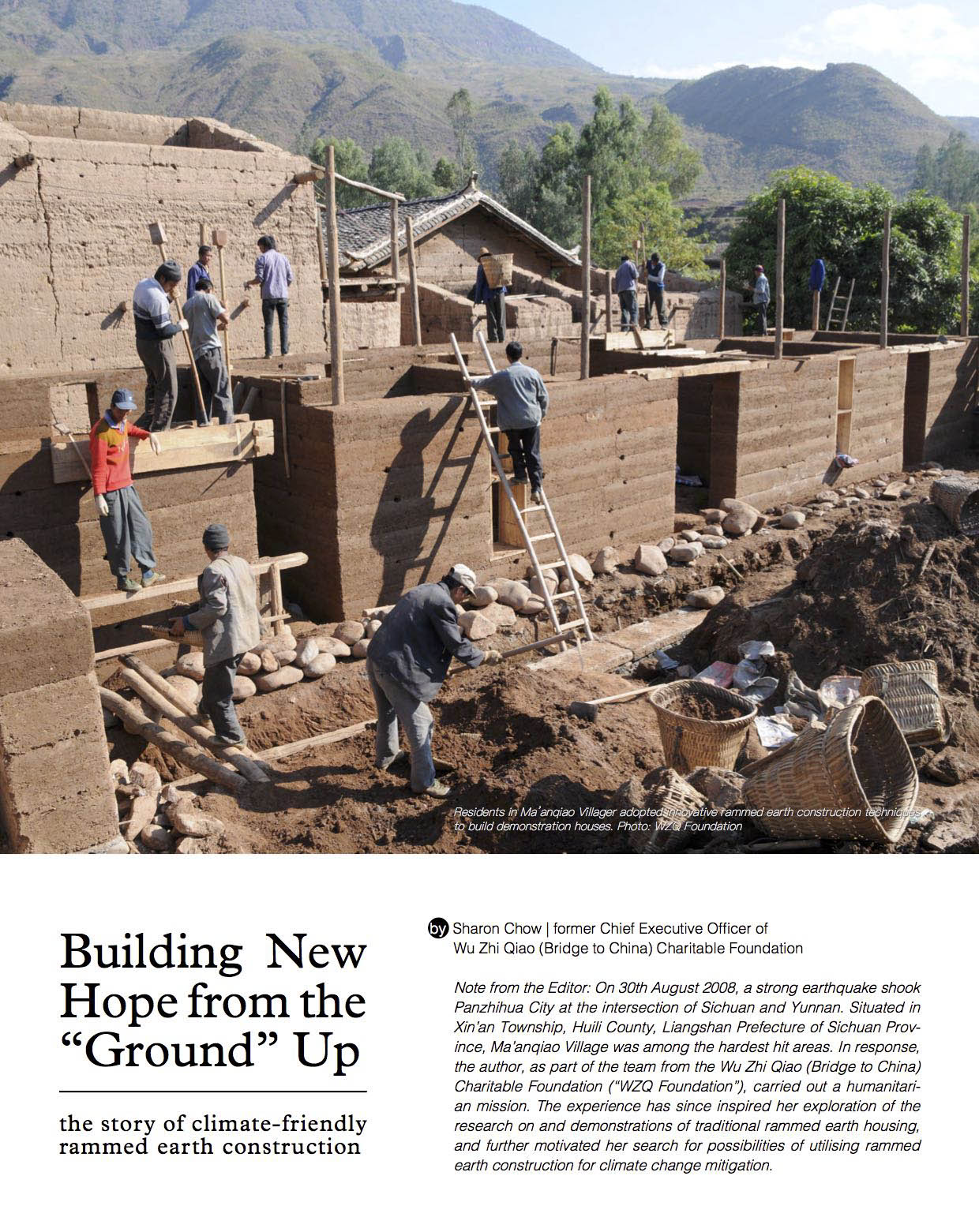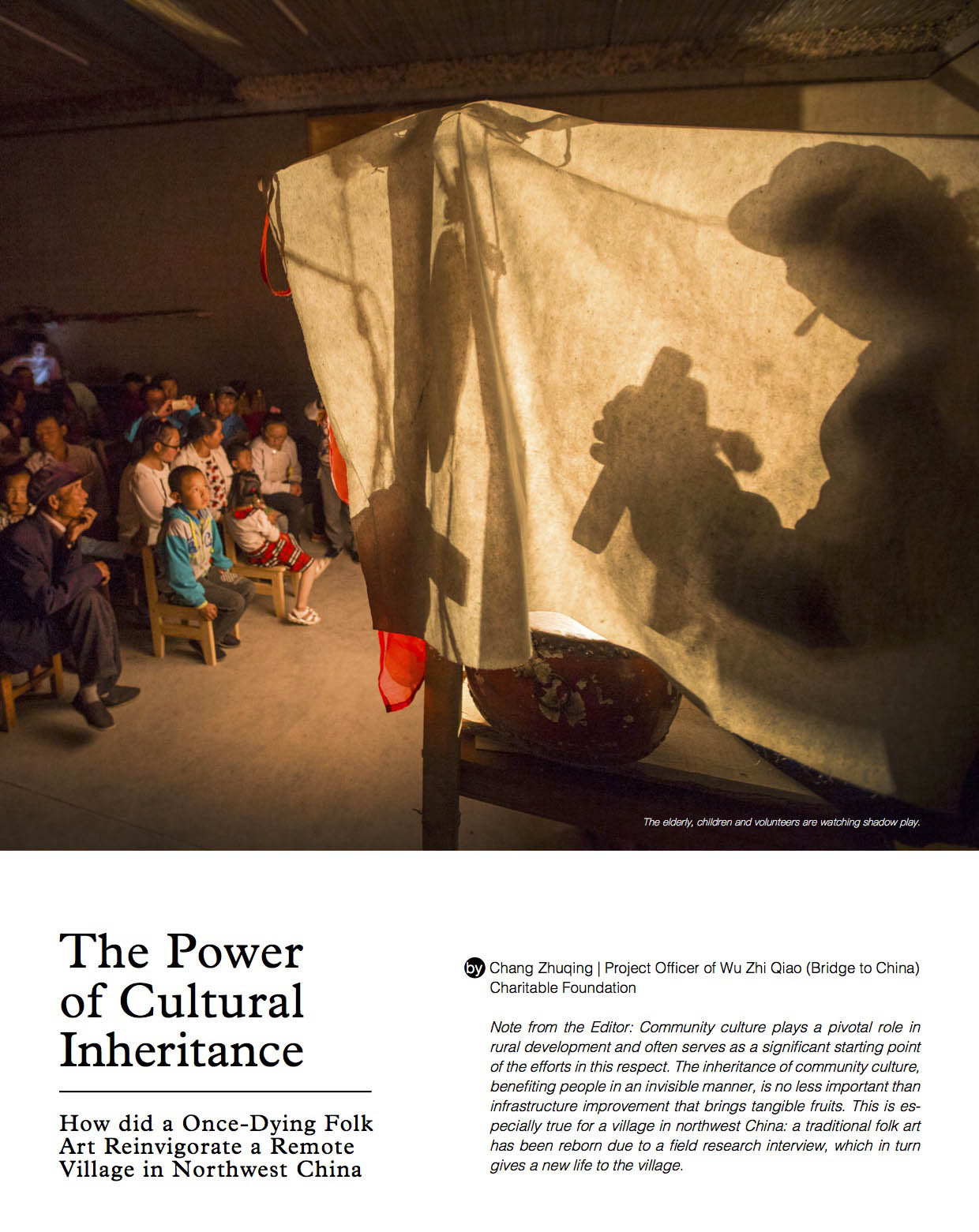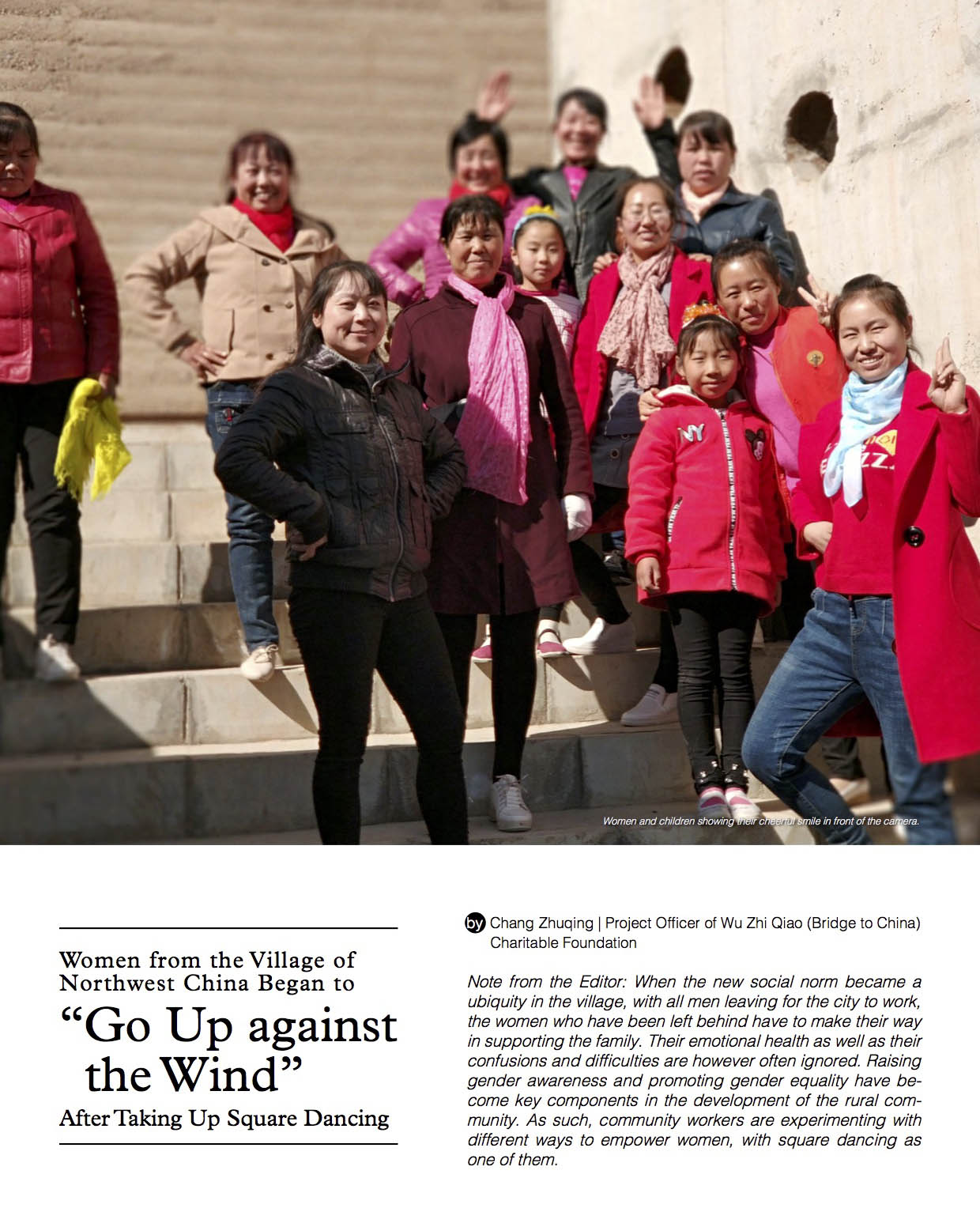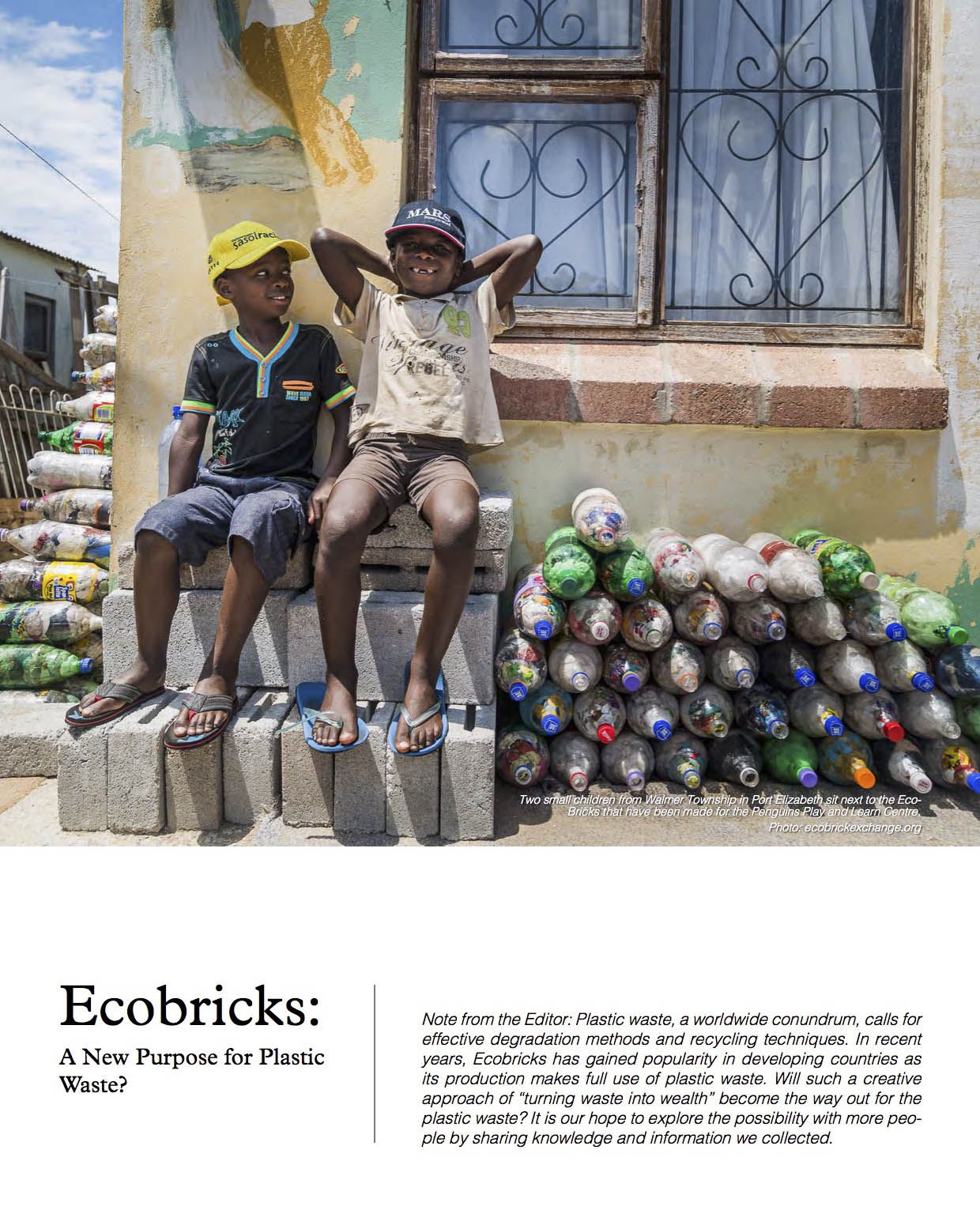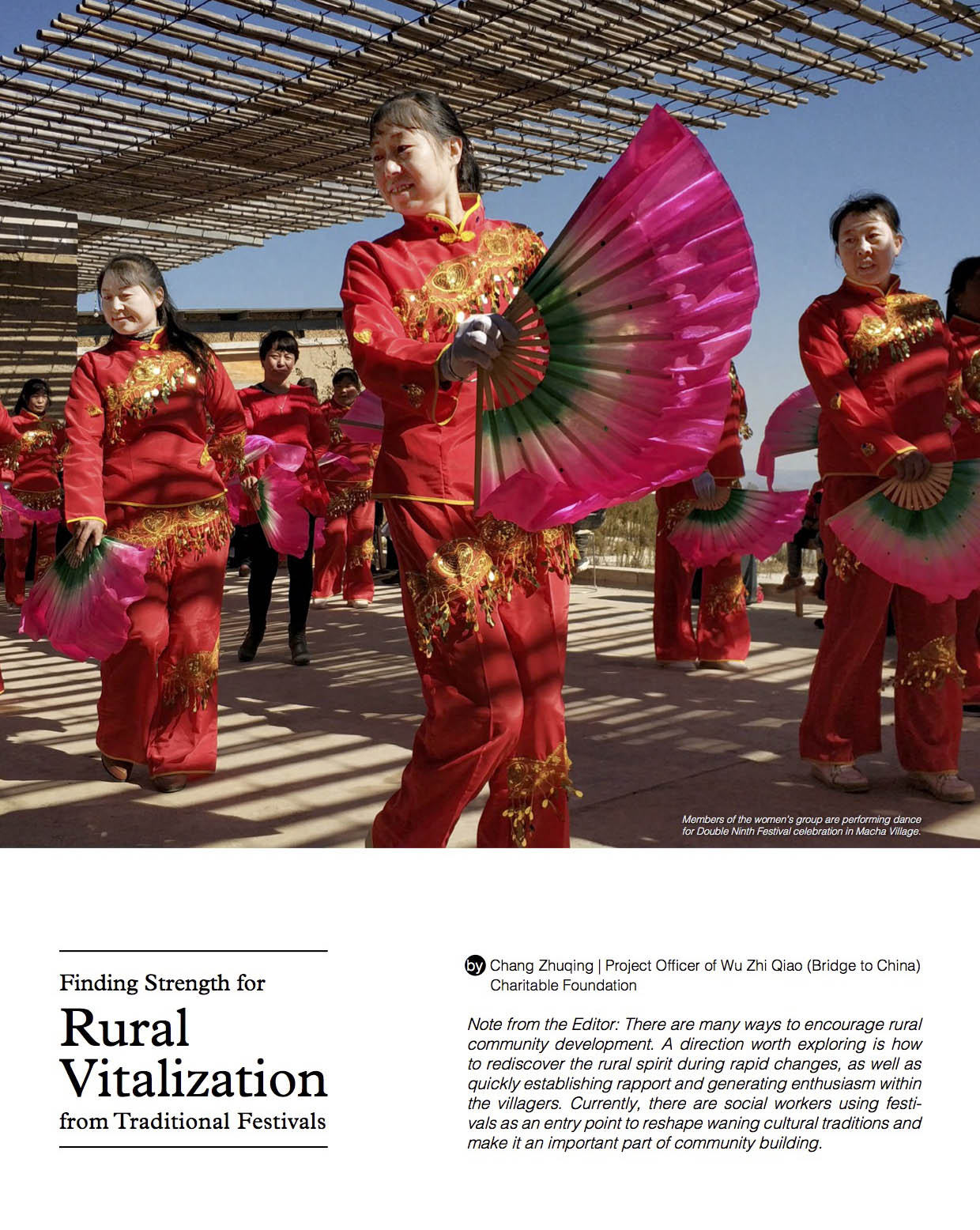KNOWLEDGE
Project partners
Project partners

Project partners

Project partners

Millions of people were forced to leave their homes due to the increasing climatic hazards that have happened over the past 20 years. In order to improve the quality of post-disaster relief, the team BJTU+, who is one of the participants in the 2021 Solar Decathlon China (SDC) competition, went to Zi Zhong County in Sichuan Province, a county that has been heavily affected by the flood, to further explore the post-disaster relief plans in line with the international system.
Project partners

Project partners

The story of climate-friendly rammed earth construction
On 30th August 2008, a strong earthquake shook Panzhihua City at the intersection of Sichuan and Yunnan. Situated in Xin’an Township, Huili County, Liangshan Prefecture of Sichuan Province, Ma’anqiao Village was among the hardest hit areas. In response, the author, as part of the team from the Wu Zhi Qiao (Bridge to China) Charitable Foundation (“WZQ Foundation”), carried out a humanitarian mission. The experience has since inspired her exploration of the research on and demonstrations of traditional rammed earth housing, and further motivated her search for possibilities of utilising rammed earth construction for climate change mitigation.
Project partner

How did a Once-Dying Folk Art Reinvigorate a Remote Village in Northwest China
Community culture plays a pivotal role in rural development and often serves as a signi cant starting point of the efforts in this respect. The inheritance of community culture, bene ting people in an invisible manner, is no less important than infrastructure improvement that brings tangible fruits. This is especially true for a village in northwest China: a traditional folk art has been reborn due to a eld research interview, which in turn gives a new life to the village.
Project partner

When the new social norm became a ubiquity in the village, with all men leaving for the city to work, the women who have been left behind have to make their way in supporting the family. Their emotional health as well as their confusions and dif culties are however often ignored. Raising gender awareness and promoting gender equality have become key components in the development of the rural community. As such, community workers are experimenting with different ways to empower women, with square dancing as one of them.
Project partner

Plastic waste, a worldwide conundrum, calls for effective degradation methods and recycling techniques. In recent years, Ecobricks has gained popularity in developing countries as its production makes full use of plastic waste. Will such a creative approach of “turning waste into wealth” become the way out for the plastic waste? It is our hope to explore the possibility with more people by sharing knowledge and information we collected.
There are many ways to encourage rural community development. A direction worth exploring is how to rediscover the rural spirit during rapid changes, as well as quickly establishing rapport and generating enthusiasm within the villagers. Currently, there are social workers using festivals as an entry point to reshape waning cultural traditions and make it an important part of community building.
Project partner


